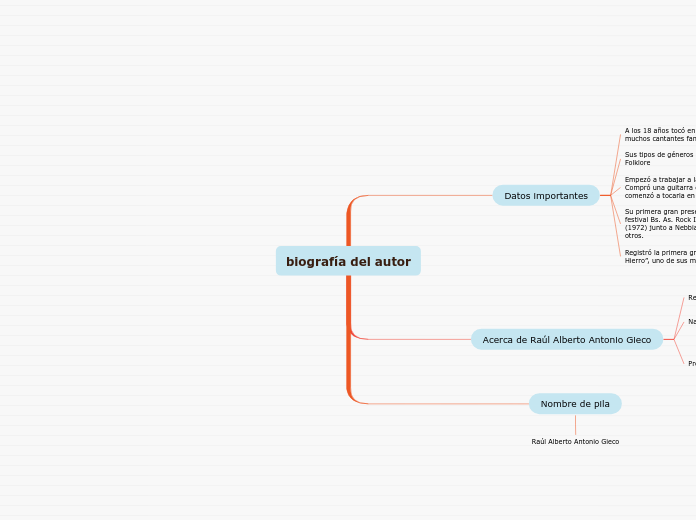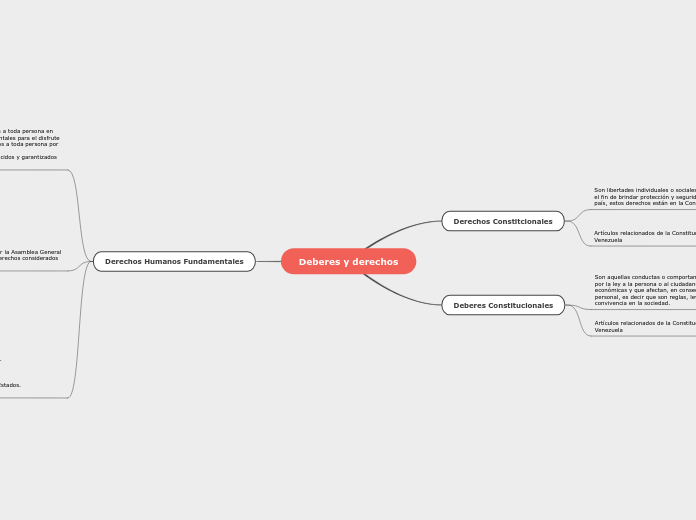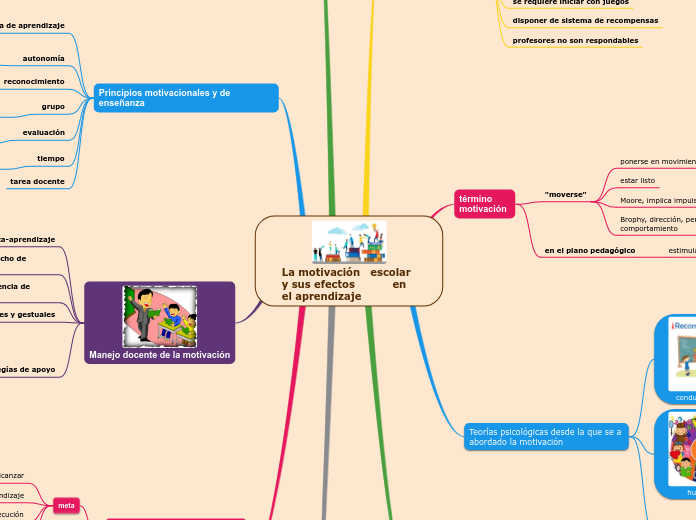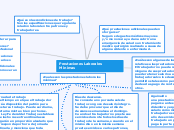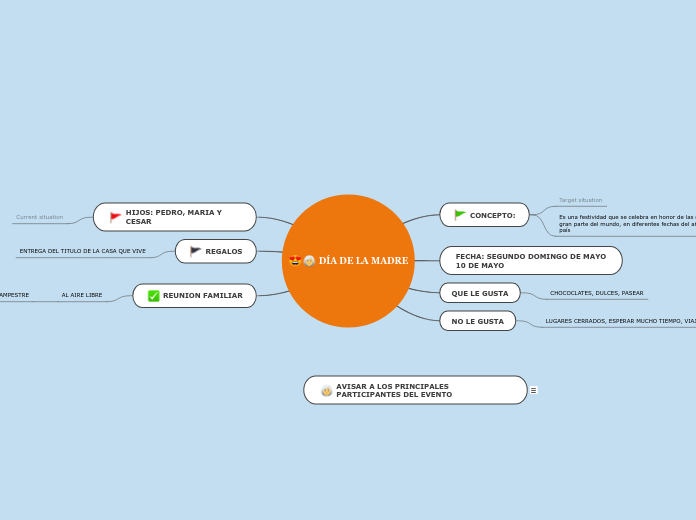biografía del autor
To name your story, you have to think about the overall message and what you want your audience to understand from the story. Also, make it relevant and easy to remember.
Nombre de pila
The ending of a story is essential. We all know that if the ending is weak, what happened before loses its importance. So make it unpredictable, but fair. A resolved ending answers all the questions and ties up any loose threads from the plot.
Raúl Alberto Antonio Gieco
Acerca de Raúl Alberto Antonio Gieco
In the beginning of the story (or the exposition), you will need to introduce the setting and characters. You might also want to introduce the main conflict. This part of the story is important because it gives the reader necessary background information and maybe even a first insight into a character’s personality.
Producciones musicales representativas:
La Memoria deja un mensaje de reflexión sobre mantener el recuerdo de acontecimientos sociales.
Solo le pido a dios por representar el derecho a las mujeres en esta canción.
Nacimiento
Nació el 20 de noviembre de 1951 en una chacra cercana a la localidad de Cañada Rosquín, en el centro de la provincia de Santa Fe.
Reconocimientos
The setting (time & place) of a story can change throughout the plot.
Premio a la excelencia musical
Datos importantes
The middle of the story is where you add layers of complications that will lead to the end. Reveal more about the character's journey. Did their personality go through changes? How did they overcome the challenges? And as you build up the story’s central conflict, make it more personal to that character. Also, from the middle act, you have to lead into the final act.
Registró la primera grabación de “Hombres de Hierro”, uno de sus más exitosos temas.
Su primera gran presentación fue en 1971, en el festival Bs. As. Rock II y luego en el Acusticazo (1972) junto a Nebbia, Lebón, Domingo Cura y otros.
Empezó a trabajar a la temprana edad de 7 años. Compró una guitarra con su propio dinero, y pronto comenzó a tocarla en los actos escolares.
There wouldn't be any tension and excitement in your story if there weren't any obstacles in your character's way.
Sus tipos de géneros musicales eran el Rock y el Folklore
Your character(s) need(s) motivation in order to solve the challenge(s).
A los 18 años tocó en el inicio de espectáculos de muchos cantantes famosos.
Each story has a main character and that character usually needs to solve a problem or challenge. The character's challenge is the one that creates tension throughout the story.
